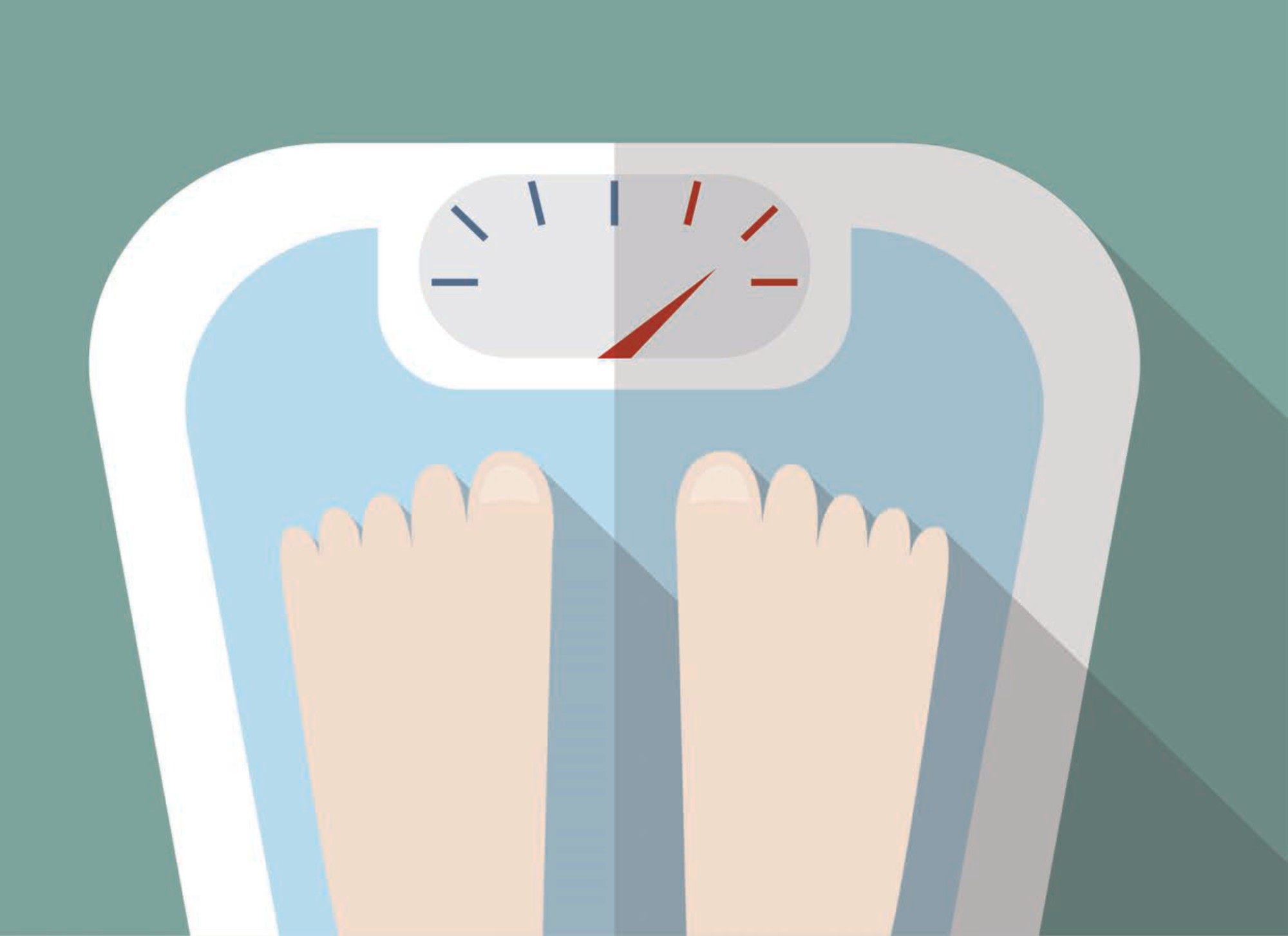Almost one in four people in OECD countries is currently obese. This epidemic has far-reaching consequences for individuals, society and the economy. Using microsimulation modelling, this book analyses the burden of obesity and overweight in 52 countries (including OECD, European Union and G20 countries), showing how overweight reduces life expectancy, increases healthcare costs, decreases workers' productivity and lowers GDP. The report makes the urgent economic case to scale up investments in policies to promote healthy lifestyles and tackle this growing global public health problem. The book evaluates a number of policies which could significantly improve health outcomes while being an excellent investment for countries.
The Heavy Burden of Obesity

Abstract
Executive Summary
An increasing number of people are overweight across the OECD, and this will curb GDP by an estimated 3.3% on average. Health problems linked to expanding waistlines are pushing up workplace absenteeism and lowering productivity as we consume more calories without exercising more. Rising levels of overweight are also damaging our health, wealth and wellbeing, lowering school performance for children, and increasing the risk of unemployment and shortening life expectancy for adults.
In the next three decades, overweight will claim as many as 92 million lives in the OECD with obesity and overweight-related diseases reducing life expectancy by nearly 3 years by 2050.
This report analyses the economic, social and health costs of the rising number of people with obesity or overweight in up to 52 countries, including OECD, European Union (EU28) and Group of 20 (G20) countries. It makes an urgent economic case to scale up investments in policies to promote healthy lifestyles, examining expected expenditure, effectiveness and returns on investment in tackling a mounting health problem across the world.
The challenge of growing obesity
More than half the population is now overweight in 34 out of 36 OECD countries and almost one in four people is obese. Average rates of adult obesity in OECD countries have increased from 21% in 2010 to 24% in 2016, so an additional 50 million people are now living with obesity. Despite a drive in the last decade to deal with increased obesity, more needs to be done amid sedentary lifestyles and an almost 20% increase in calorie supply – i.e. calories available for consumption – in the OECD over the past 50 years.
Higher rates of overweight and obesity fuel social inequalities
Children in particular are paying a high price for obesity. Children who are overweight do less well at school, get lower marks, are more likely to miss school, and, when they grow up, they are less likely to complete higher education. They also show lower life satisfaction and are up to three times more likely to be bullied, which may contribute to lower school performance. Children with a healthy weight are 13% more likely to report good school performances than children with obesity.
In adulthood, individuals with at least one chronic disease associated with being overweight are 8% less likely to be employed the following year. When they have a job, they are up to 3.4% more likely to be absent or less productive. Adults with obesity are at greater risk of chronic illnesses and reduced life expectancy. In the EU28, women and men in the lowest income group are, respectively, 90% and 50% more likely to be obese, compared to those on the highest incomes, entrenching inequality.
Overweight damages population health, health budgets and the economy
From 2020 to 2050, overweight and related diseases will reduce life expectancy by about three years across the OECD, EU28 and G20 countries, according to the OECD analysis.
A rise in the number of people with high body-mass index (BMI) – a measure of whether someone is overweight or underweight based on their weight and height – is squeezing health budgets due to the high cost of chronic diseases linked to overweight, such as diabetes, cancers and heart disease. OECD countries will spend about 8.4% of their health budget to provide treatment for overweight-related diseases.
People with overweight use health care services more, undergo more surgery and have more than twice as many prescriptions compared to people with a healthy weight. On average in OECD countries, overweight will be responsible for 70% of all treatment costs for diabetes, 23% of treatment costs for cardiovascular diseases and 9% for cancers.
The OECD analyses estimates that treating the diseases caused by overweight will cost USD 425 billion a year, based on Purchasing Power Parity, in 52 countries analysed across the OECD, G20, EU28, OECD accession countries and selected partner countries.
Treating high BMI and associated conditions will cost more than USD 200 per person per year, on average, across the OECD.
Tackling overweight is an excellent investment for OECD, EU28 and G20 countries
Virtually all the OECD countries have a national action plan on obesity and most countries have a specific action plan to tackle obesity in children, as well as national guidelines to promote healthy diets and active lifestyles. But the response needs to be stepped up.
Every dollar spent on preventing obesity generates up to a six-fold economic return, OECD analysis shows.
The OECD identifies four categories of policies to tackle the problem and gauges the effect of three promising “policy packages” to help countries achieve greater impact and coherence in tackling the obesity epidemic. Food and menu labelling, regulation of advertising of unhealthy foods to children and the promotion of exercise, including by doctors and schools, are among the measures analysed.
One of the findings is that a 20% reduction in calorie content in energy-dense food would have significant benefits for the health of individuals and economies. Were such a plan implemented in 42 countries worldwide, the OECD model suggests that more than 1 million cases of chronic disease per year could be avoided, particularly heart disease.
In the same series
Related publications
-
 Working paper2 April 2019
Working paper2 April 2019 -
 Working paper20 November 2009
Working paper20 November 2009













